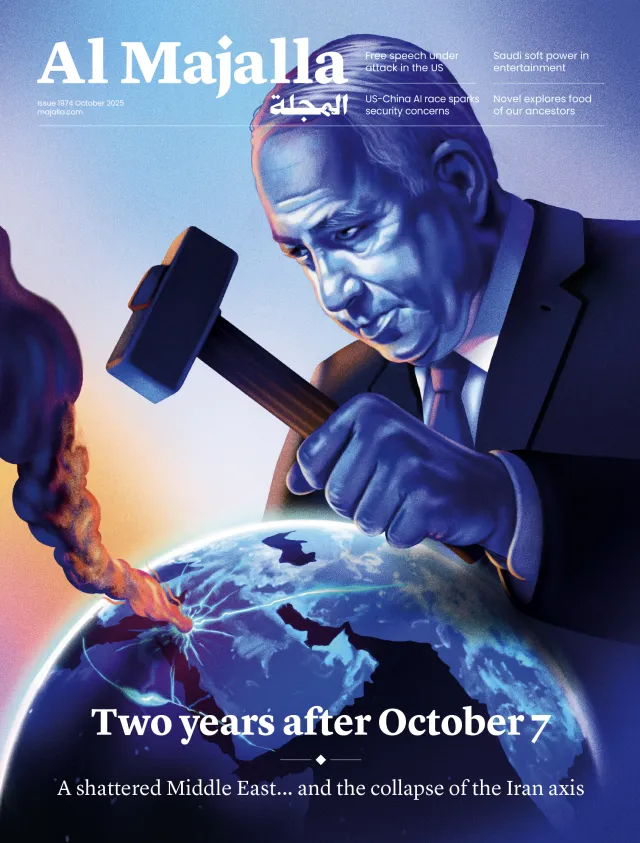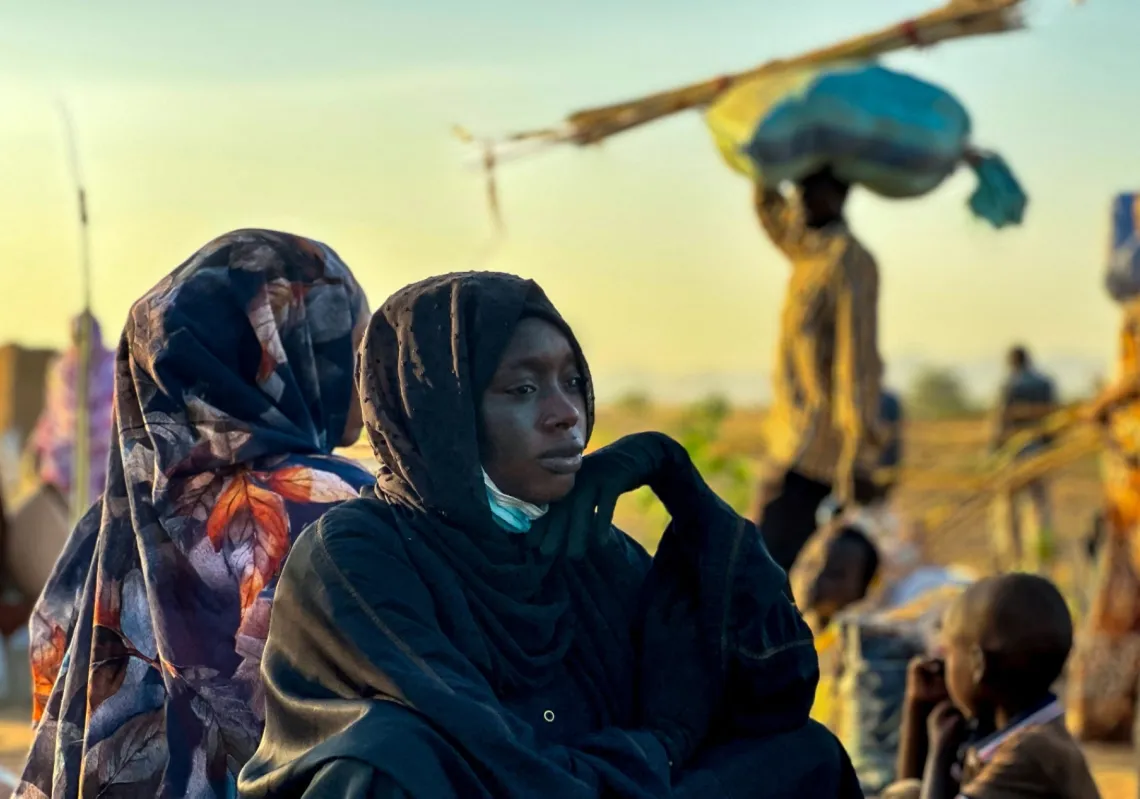The two greatest calamities that afflicted Ukraine as a result of the war are both tightly linked to how the conflict will play out: refugees and reconstruction.
Solutions to both problems are unlikely to be reached until there is a settlement to bring an end to the war, as past conflicts and wars have proven.
Refugee displacement waves are often portrayed as temporary, ebbing and flowing depending on the course of battle. Many assume that people who leave their shelled homes or flee the danger of murder at the hands of hostile forces will return to their homes once the fighting has stopped.
But history says otherwise.
The wars and conflicts that tore through many countries since the beginning of the last century beg to differ with the widespread and mistaken belief that the end of war automatically means a return of refugees.
Return not guaranteed
The truth is that even after the fighting is over and normalcy returns to these countries, many refugees do not return. The return of refugees is a complex issue that is neither guaranteed nor automatic.
There are many examples of this: the waves of arbitrary expulsion and displacement that drove Armenians, Greeks, and Christians out of Turkey and Muslims out of Bulgaria during and post-WWI; the colonial Jewish immigration to Palestine.
There is also the German diaspora in various regions of Eastern Europe and the population exchange between several states following WWII; the settlement of Bosnians and Albanians in Western Europe after the Balkan Wars in the 1990s.
And finally there are the millions of Syrians who forcibly fled their homeland when the revolution started and the civil war broke out.

There is also the example of the many Iraqis who fled the tyranny of the Baath regime and settled in various parts of the world. Their only ties with their homeland after Saddam Hussein's fall are the few and far between family visits, which offers further proof of this reality.
As for the mass destruction that wars cause, this usually turns into an intractable catastrophe which only large-scale and centralised reconstruction efforts can solve.
This is yet another example of how the outcome of war is intricately linked to reaping its economic benefits. In fact, many war-torn regions are often left in a state of destruction and havoc when no political solution seems to be in sight.
The regions in Syria that suffered systematic bombing serve as an example. To think that reconstruction could start in these regions today before a political settlement that restores stability to the Syrian state is reached is pure fantasy.
Neither international donors nor local investors will invest in projects that they cannot guarantee will survive potential political or security fluctuations.
Ukraine is no different.
International bodies may hold meetings and talk of large-scale funds earmarked for reconstruction, but it is hard to imagine such efforts kicking off before the war is over and the guns fall silent.
Having said that, there could be an exception regarding the reconstruction of power plants and some vital infrastructure like bridges and roads, to ensure the minimum viability of the economy and life.












